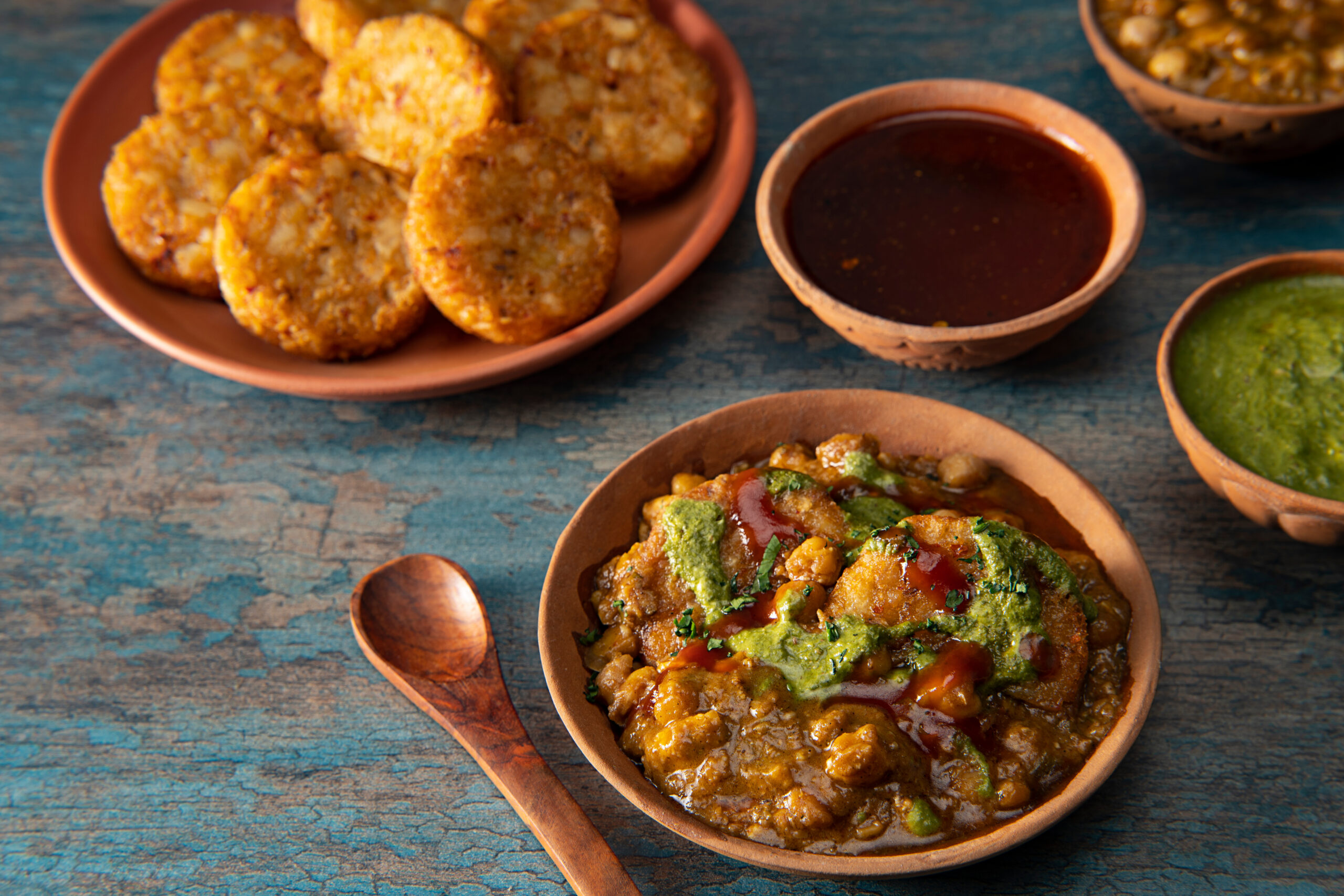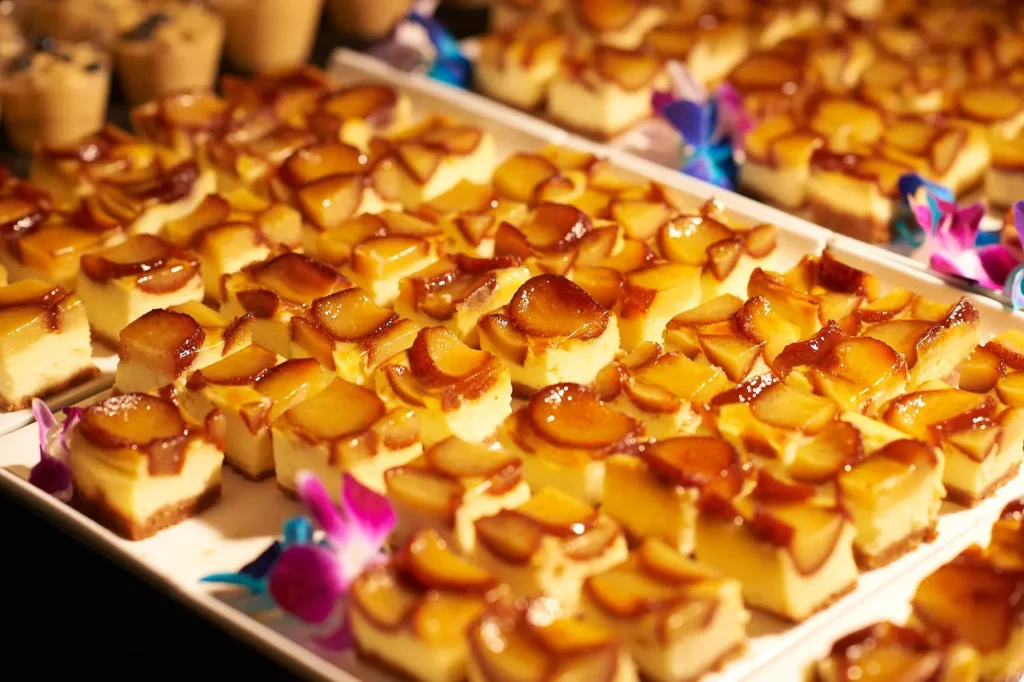In the kaleidoscope of Indian cuisine, there exists a treasure trove of flavors and culinary traditions passed down through generations. However, amidst the modernization of cooking and dining, many ancient recipes have been relegated to the annals of history, waiting to be rediscovered. Today, let’s embark on a journey to revive these lost recipes, unlocking the culinary heritage of India’s rich past.
Unearthing Culinary Heritage:
India’s culinary history spans millennia, shaped by diverse cultures, regions, and traditions. From the royal kitchens of ancient kingdoms to the humble households of yore, each era has contributed to the rich tapestry of Indian cuisine. Yet, as time marched forward, several traditional recipes faded into obscurity, overshadowed by contemporary tastes and preferences.
Rediscovering Forgotten Treasures:
Reviving lost recipes is akin to unraveling a culinary mystery, requiring a blend of historical research, cultural insights, and culinary experimentation. By delving into ancient texts, manuscripts, and oral traditions, culinary historians and enthusiasts have begun to unearth forgotten dishes once cherished by generations past. These recipes offer a glimpse into bygone eras, revealing the ingredients, techniques, and stories that defined India’s gastronomic heritage.
Examples of Lost Recipes:
Koshur Haakh – Hailing from the Kashmir Valley, Koshur Haakh is a traditional dish made from collard greens cooked with mustard oil, fennel seeds, and Kashmiri spices. This simple yet flavorful preparation was a staple in Kashmiri households but gradually fell out of favor with changing dietary trends.
Kalinga Kheer – Originating from ancient Odisha (formerly known as Kalinga), Kalinga Kheer is a luscious rice pudding infused with jaggery, coconut milk, and fragrant spices such as cardamom and cinnamon. This indulgent dessert was once savored by royalty but has since faded into obscurity.
Pindi Chhole – Hailing from the Punjab region, Pindi Chhole is a rustic chickpea curry simmered with roasted spices, dried pomegranate seeds, and tangy tamarind. Despite its rich culinary heritage, this traditional dish has been overshadowed by modern variations of chhole masala.
Revival Efforts:
To breathe new life into lost recipes, culinary enthusiasts, chefs, and organizations across India have initiated revival efforts. Through recipe reconstruction, culinary workshops, and community engagements, these initiatives aim to reintroduce forgotten dishes to modern palates while preserving their authenticity and cultural significance. By celebrating India’s culinary diversity and heritage, these efforts ensure that traditional recipes endure for future generations to savor and appreciate.
Preserving Cultural Identity:
Reviving lost recipes is not merely about recreating dishes from the past but also about preserving cultural identity and fostering a deeper connection to heritage. Each rediscovered recipe carries with it stories of resilience, ingenuity, and the shared experiences of generations past. By embracing these culinary treasures, we honor the legacy of our ancestors and celebrate the rich tapestry of Indian culture that continues to inspire and delight.
In the pursuit of culinary innovation and modernization, let us not forget the invaluable heritage of India’s lost recipes. Through curiosity, exploration, and a reverence for tradition, we can unlock the flavors of the past and enrich our culinary landscape with a tapestry of diverse tastes and stories. As we embark on this journey of rediscovery, may we cherish and preserve the culinary treasures that serve as windows into India’s vibrant history and cultural heritage.
As someone passionate about preserving heritage, I’m on a quest to revive lost recipes of India. Through research and experimentation, I aim to bring these forgotten dishes back to life, honoring our culinary traditions and sharing them with today’s generation. Each rediscovered recipe is a small victory in celebrating our cultural heritage and keeping our culinary legacy alive.



